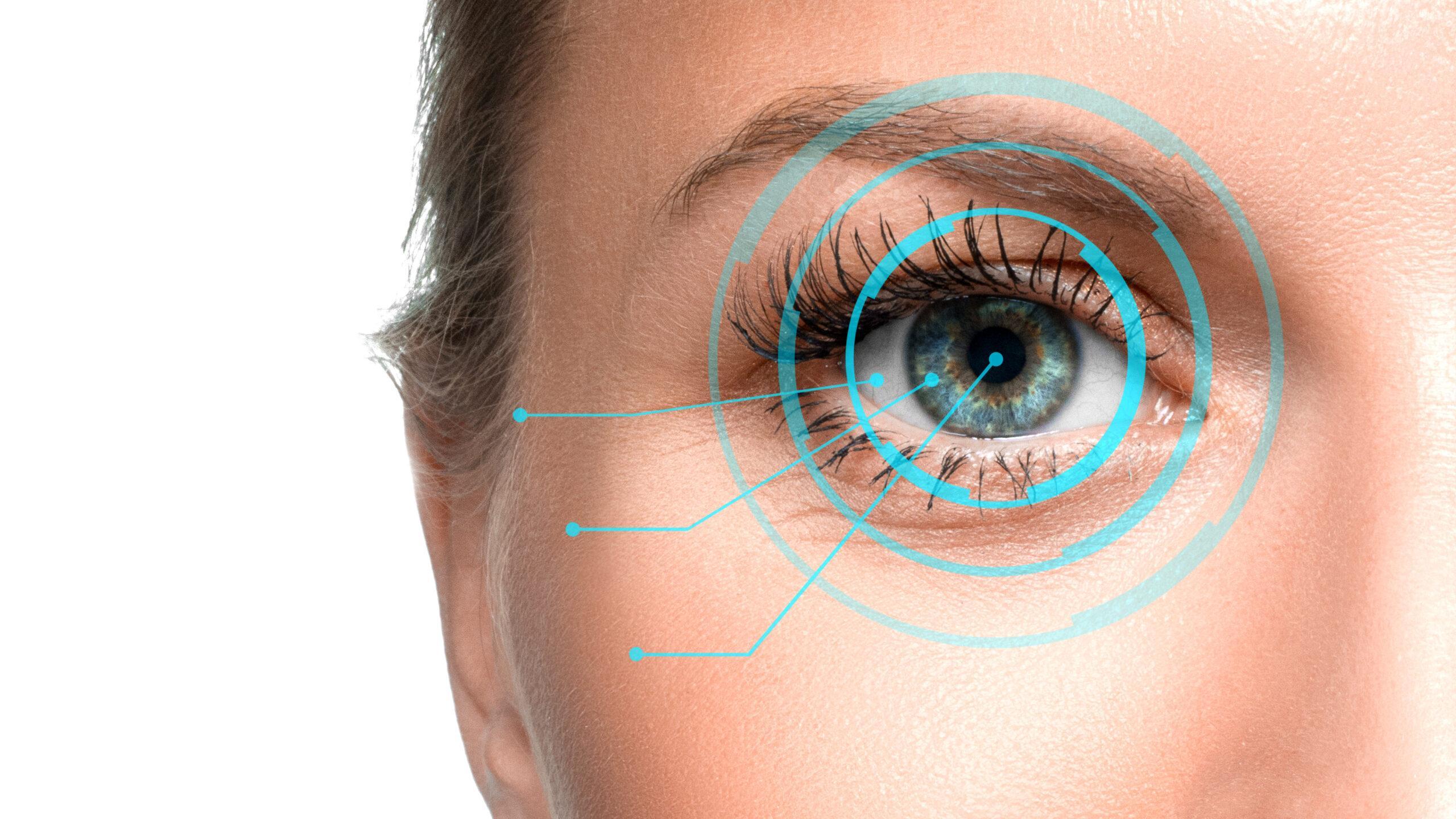RETINAL THERAPY DEPARTMENT
Light for your eyes, wellness for your person
At the Switzerland Eye Research Institute, Dr. Roberto Pinelli and his staff have always been engaged in retinal ophthalmology: the study, diagnosis, and treatment of diseases affecting the retina and optic nerve, and that part of the eye known as the posterior pole. The retina is a nerve tissue that lines the back of the eye and serves to record images that are then transmitted to the brain through nerve cells called photoreceptors.
Dr. Roberto Pinelli has always strived to find solutions – as he has done with corneal irregularities – that ensure greatest effectiveness without subjecting the retina to traumatic and invasive procedures.
For too long it was believed that there was little or nothing that could be done about retinal disorders, since retinal cells are nervous tissue cells and as such, once damaged it was not possible to restore them to their original condition.
Photobiomodulation is a solution that Dr. Pinelli proposes for the eye. It uses the Lugano Protocol, a specific clinical method cited by numerous international scientific publications, and has brought hope to many retinal patients who were used to being told that there is nothing that can be done for their problem and that they must expect a progressive worsening of their eyesight.

The macula is the central and functionally the most important part of the retina. It is used for distinct vision and reading, and can distinguish details in the images we observe. This is why diseases of the macula have an immediate negative effect on visual function.
AMD (Age-related Macular Degeneration) is a very common disease. There are two types: dry and wet. For dry AMD and certain retinal diseases, there is now a remedy that relies on photobiomodulation (PBM). This treatment uses photons – infinitesimally small light particles- to treat retinal diseases. Light energy is already used in the treatment of visual defects and certain corneal diseases. However, this type of light energy differs both in type and wavelength from that used to treat keratoconus and resolve visual defects.
Photobiomodulation acts through the absorption of photons by photoreceptors in the target tissue. In this way, at the cellular level, there is an increase in energy production and the supply of oxygen, nitric oxide, and calcium. This slows down the aging process, delaying cell death and improving cell survival.
Dr. Roberto Pinelli is a member of the two major scientific societies that encompass the most prominent and active researchers in photobiomodulation: the World Association for Photbiomodulation Therapy (WALT) and the North American Association for Photobiomodulation Therapy (NAALT). He was invited to present his research findings in the field of photobiomodulation in ophthalmology at the PBM2021 international congress.

